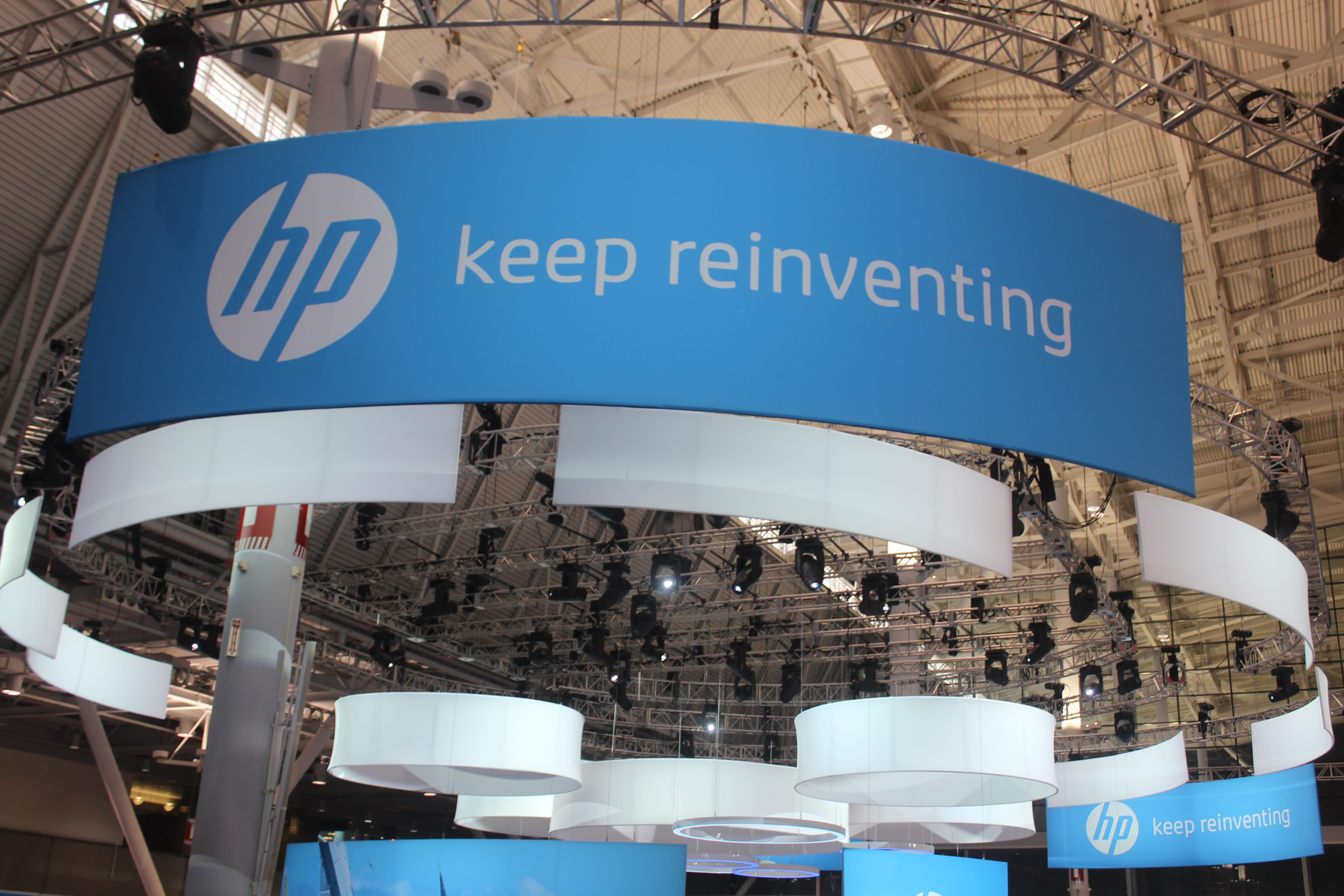
Is HP Inc. poised to disrupt the print industry?
September 15, 2016
Channel, Security, Managed Print Services, Digital Transformation, Article, Trends
HP Inc. has set the stage for its ambitious plans to seize market share in the A3 copier/MFP market. On the back of its announcement to acquire Samsung’s printer business in a transaction valued at $1.05 billion, it launched its new A3 multifunction printers (MFP) portfolio to much fanfare at its Global Partner Conference in Boston on 12th September.
HP claims its new A3 portfolio which includes 16 next generation HP PageWide and LaserJet platforms brings innovation to the traditional copier segment of the market which is estimated at $55 billion. HP is betting on the reliability, security and serviceability of its new devices to disrupt the market and help it increase its market share. Today it has just a 5% share of the A3 segment (the traditional copier market), compared to 40% share in the A4 printer market. But does HP have the technology and go-to-market strategy to successfully displace industry stalwarts such as Canon, Konica Minolta and Ricoh?
Learning from past mistakes
This is not HP’s first attempt to grab share in the mature A3 copier market. Following an unsuccessful attempt with it Edgeline technology, HP then established alliances with Canon and Sharp to fill gaps in its A3 portfolio. However, this was not enough to develop the broad portfolio needed to compete effectively. Now, HP has taken the bull by the horns with its acquisition of Samsung, which originally started out as an OEM deal to jointly develop an engine for HP’s new A3 portfolio. HP has stated that its relationship with Canon, which has supplied the engines for HP’s A4 devices for 30 years in a co-opetition agreement, will continue. However, its shift to Samsung engines raises questions for how HP will position and integrate the Samsung A4 portfolio, not forgetting that Canon will also be a formidable competitor in the A3 market.
This aside, HP’s new portfolio now has the leading-edge technology to create a compelling proposition in the A3 space. Ultimately for any vendor to disrupt a traditional and mature market, such as the copier segment, the technology must be innovative and superior. As such HP now has developed an extensive portfolio that includes three PageWide platforms and 13 LaserJet platforms providing a range of choice on both technology (inkjet and laser).
Differentiating on security and serviceability
Quocirca believes that its competitive advantage, from a technology perspective, lies primarily in HP’s security and serviceability features which are key requirements in the business market.
Security is certainly rising in importance on the print agenda1 and whilst most vendors offer comprehensive security features, HP has for some time led with the broadest security functionality including Sure Start (BIOS protection), run time intrusion detection, whitelisting and secure boot and firmware integrity checking. The new HP devices can also be used with HP’s Jet Advantage Security Manager which checks and resets device security settings to maintain compliance with security policies.
Device reliability, downtime and service quality are consistently rated as top challenges in Quocirca’s print management studies amongst both SMBs and enterprises. Traditional copier machines often have numerous replaceable parts which require regular service and maintenance. With its new product range, HP aims to minimise service interventions and lower service costs. For instance, HP’s PageWide devices only require the replacement of three components, while its LaserJet MFPs (only available under a managed print service) use longer life consumables. To further maximise device uptime, HP has also introduced HP Smart Device Services, a set of cloud tools which, through sensor intelligence, monitor and diagnose service issues enabling predictive service and maintenance.
Nevertheless, the majority of A3 copiers are sold under a managed print service contract, which typically includes proactive maintenance and automated supplies replenishment. With service delivery being a key strength for many established MPS vendors such as Canon, Ricoh and Xerox, potential customers will need a compelling reason, beyond serviceability, to shift completely to an HP fleet. HP faces challenges ahead, and absolutely needs its channel fully engaged to gain any measure of success in the market.
Consequently, HP has introduced a services-led channel program to support partners with its A3 portfolio and those that are available under a MPS contract. With MPS adoption increasing, HP needs channel partners that understand the contractual model for print and are willing to invest in the transition to MPS. HP will need also to attract the traditional copier resellers that are selling competitive devices. Whilst the Samsung acquisition will bring with it a channel partner network, these will not all necessarily be the right fit for taking the A3 portfolio forward. As such, it will be the MPS mature channel partners that have the right sales and technical resources, or are prepared to invest them, that will help drive HP capture more market share.
Innovation is key to success
HP is showing determination and passion for how it can bring innovation to a staid market. Whilst its much touted security and service features provide some level of differentiation, HP has much work to do to expand its presence, given that the starting point in A3 market share for both HP and Samsung trails significantly behind the market leaders. Beyond the hardware specifications, HP needs to better articulate how it will position these products in today’s increasingly mobile and digital workplace where people are printing less.
The future of the print industry relies on how well it drives innovation to ensure products remain relevant in the fast evolving multichannel “internet of things” landscape. The acquisition of Samsung is an opportunity not only for grabbing a bigger piece of the A3 market, but also for creating innovative products and expanding its developer ecosystem. HP talks about reinventing printing, but in the office environment, it ultimately needs to think beyond print to truly differentiate itself from its competitors.




